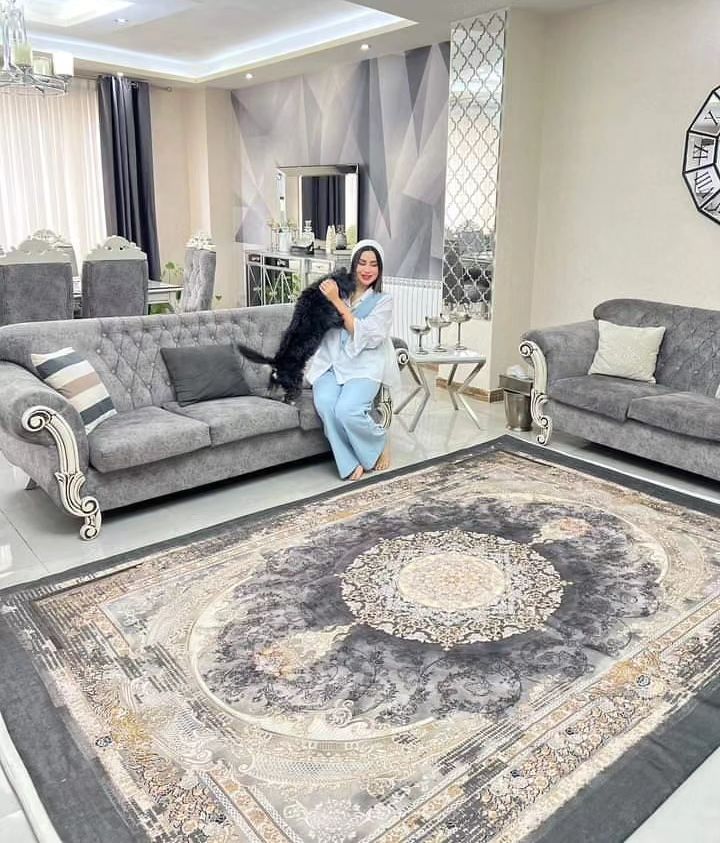Carpet weaving in Iran: a journey to the world of colors and designs
Carpet weaving in Iran is known as a side industry next to carpet weaving. Although rugs are often seen as a protective covering for carpets, in many cases, they are also used as a decorative and artistic element.
History of carpet weaving in Iran
The exact history of carpet weaving in Iran is not clearly known, but it can be said that with the expansion of the carpet weaving industry and the importance of preserving and maintaining carpets, this industry was also formed. Gradually, with the increase in the demand for carpets, the variety in their designs, colors and materials also increased.
Types of carpets and their uses
Carpets in Iran are produced in different types, each of which has its own use and characteristics:
Elastic carpets: These types of carpets are easily fixed on different carpets and prevent slipping due to their elasticity.
Velvet rugs: Velvet rugs are soft and delicate, and because of their beauty, they are more suitable for use in the bedroom and living room.
Traditional carpets: These types of carpets are produced with traditional Iranian designs and give a special effect to traditional decoration.
Waterproof rugs: Waterproof rugs are suitable for places like the kitchen and hallway where liquids are more likely to be spilled on them.
Raw materials used in carpet weaving
The raw materials used in carpet weaving include synthetic yarns such as polyester, acrylic and viscose. These threads are suitable for carpet production due to their high resistance to wear and stains.
Carpet production centers in Iran
Many cities in Iran, especially industrial cities and areas that are active in the field of carpet production, are also carpet production centers. Cities like Tehran, Isfahan, Tabriz and Mashhad are among the most important carpet production centers in Iran.


